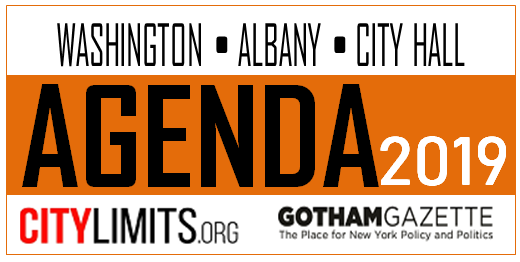
In our graduate course on policy advocacy at John Jay College of Criminal Justice, which accompanies students’ placement as Fellows with advocacy non-profits in New York City, we have been following the midterm elections closely to track political opportunities for criminal justice reform. This includes an emphasis on political participation in New York City and State, to assess public commitment to pressing policy issues such as closing the Rikers Island jail complex, cash bail reform, and protecting survivors of gender-based violence.
Our review of voter data shows that areas with the lowest voter turnout in the 2014 gubernatorial election also have some of the highest rates of poverty in the City. Urban planners and community activists have long known that socioeconomic status can be one of the greatest hurdles to political participation. Mapping also reveals a relationship between voter turnout and racial residential segregation throughout the City. We are troubled by the conclusion that wealthier white voters have a disproportionate impact on politics compared to their share of the city’s population. We conclude that the newly proposed Civic Engagement Commission (CEC), endorsed by New York City voters yesterday, can only be effective in increasing civic engagement across the city if—and only if—it can adequately address why these trends emerge in the first place.
The CEC seems poised to tackle these barriers, with one of its explicit aims to “encourage underserved and underrepresented communities to participate in civic life,” which include communities of color and lower income communities. The CEC proposes to “consider candidates who are representative or, or have experience working with” groups that include “immigrants, those with limited English proficiency, youth, seniors, veterans, and people with disabilities.” We note that omitted here are formerly incarcerated people, who are disproportionately people of color given the racial disparities in the criminal justice system from police contact to incarceration. We believe it is critical for the CEC to explicitly address the political incorporation of formerly incarcerated people in New York City.
Accomplishing this goal will be challenging in neighborhoods where over-policing informs civic life in such a profound way that political scientists Vesla Weaver and Amy Lerman argue it leads to citizen retreat from political engagement. For example, in a 2010 paper of the impact of involvement with the criminal justice system on political participation, they reference seven community districts in New York City as home to 75 percent of NYS’s prison population (Lower East Side, the South Bronx, Harlem, Brownsville, Bedford-Stuyvesant, East New York, and South Jamaica). All seven community districts have some of the lowest voter turnout in the City. Overcoming this barrier will entail deliberately organizing these communities over the long term to increase voter turnout and other forms of civic engagement such as volunteering, attending meetings, even running for office.
Given New York City’s traditionally low turnout rates, converting nonvoters in over-policed communities of color into voters should be among the commission’s top priorities.
Mr. Garcia and Ms. Saffran are Candidates for the Masters in Public Administration at John Jay College of Criminal Justice, and Tow Policy Advocacy Fellows at the Prisoner Reentry Institute. Dr. Graham is an Assistant Professor of Urban Policy and Planning at the College and The CUNY Graduate Center, and the Faculty Partner to the Tow Policy Advocacy Fellowship.









